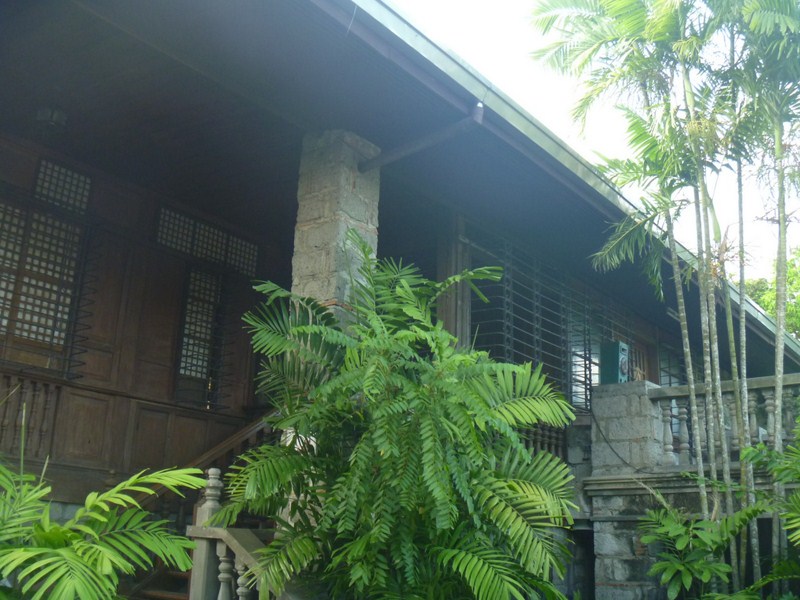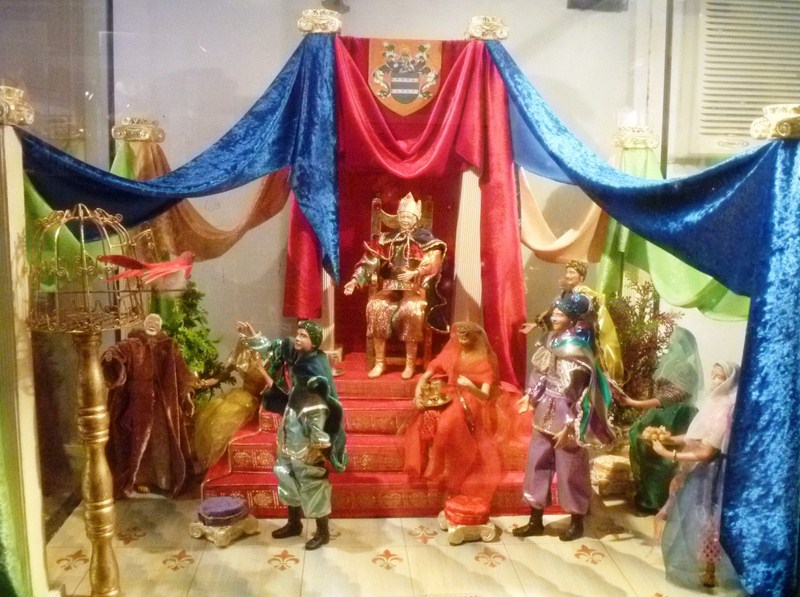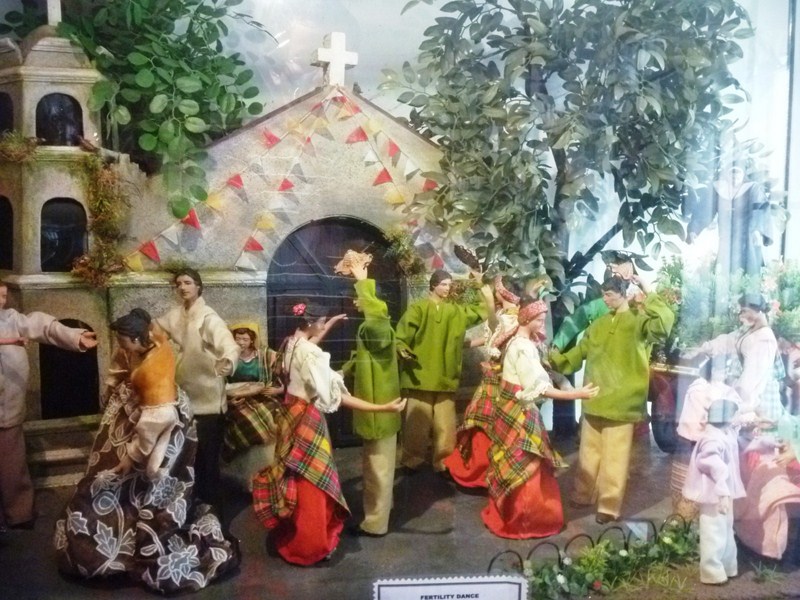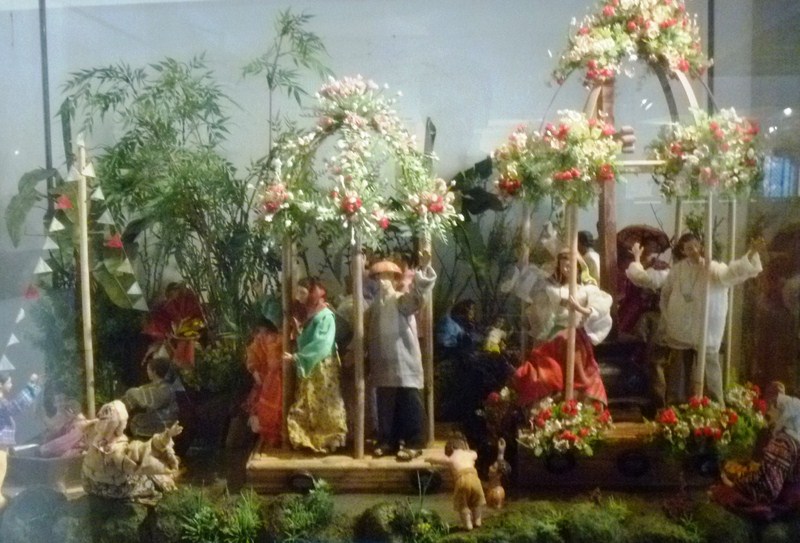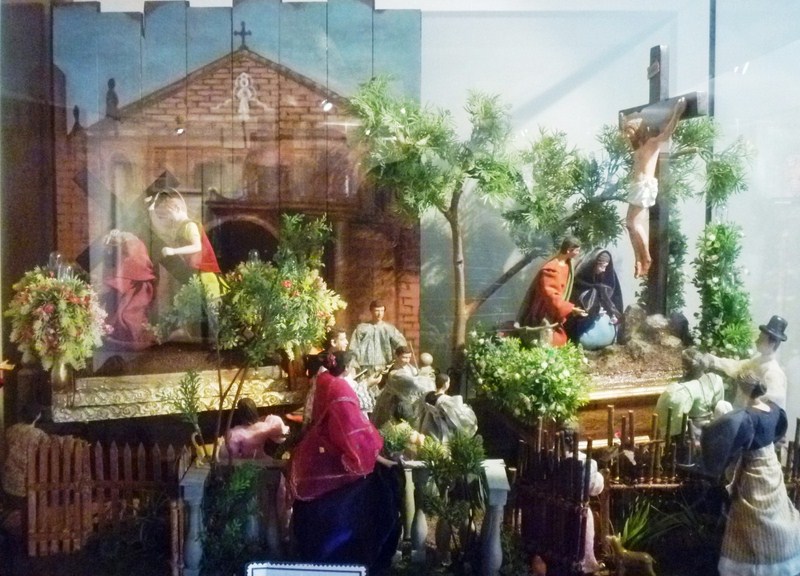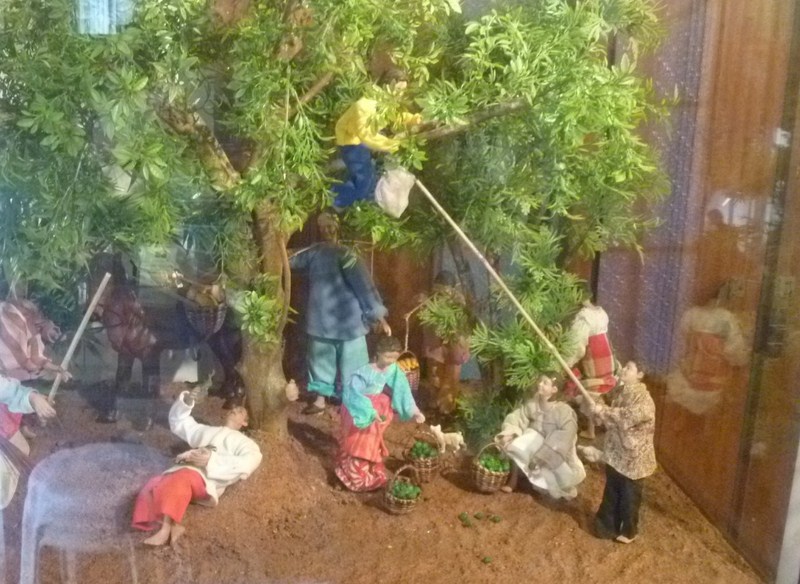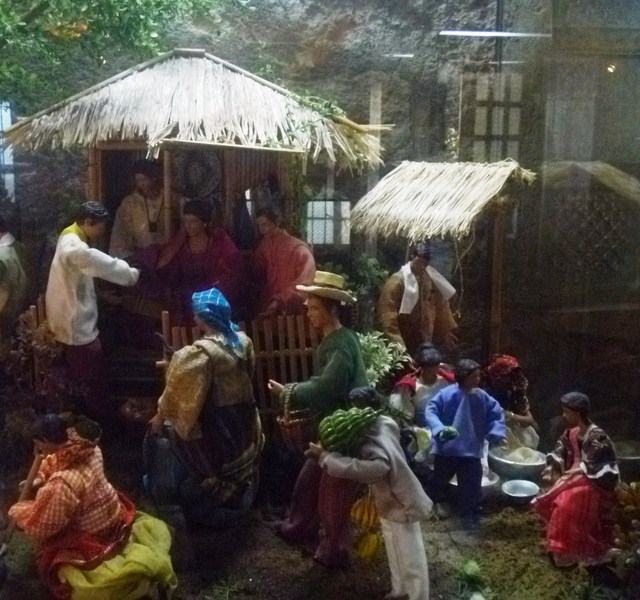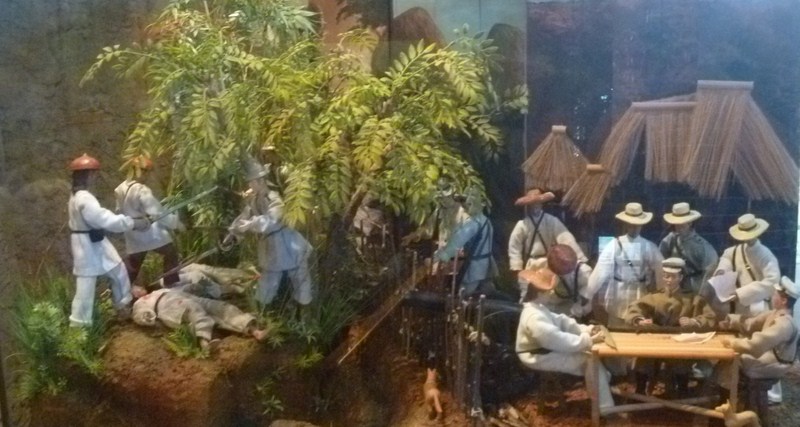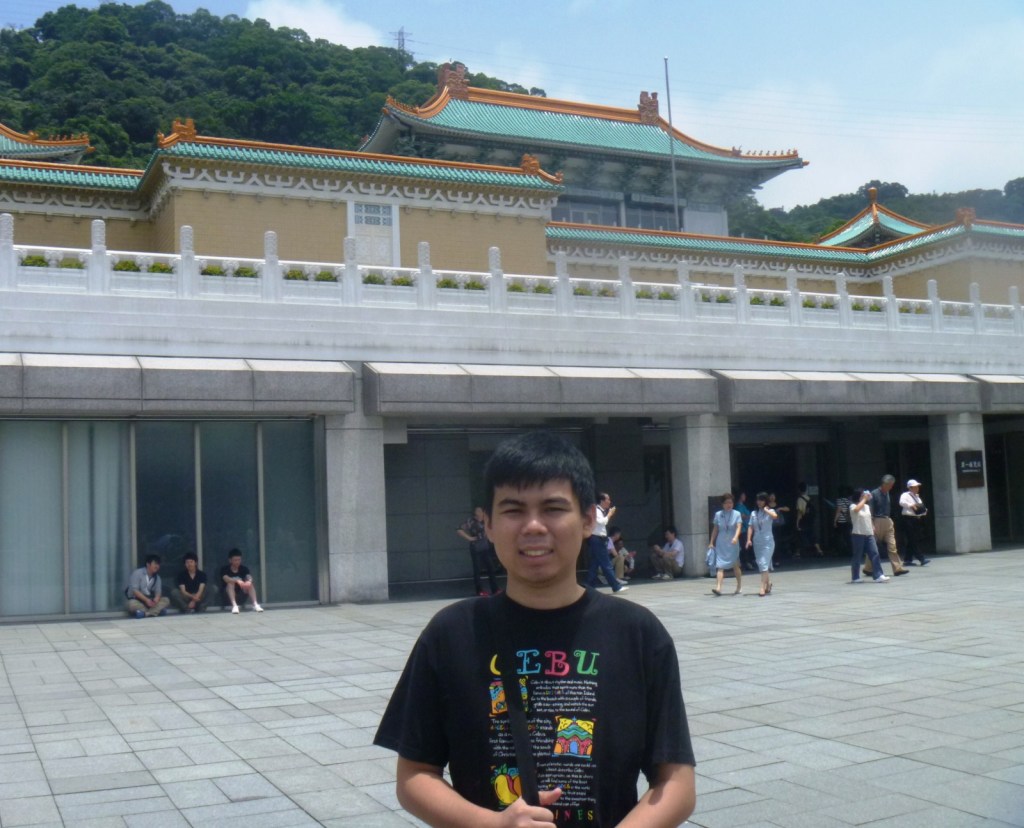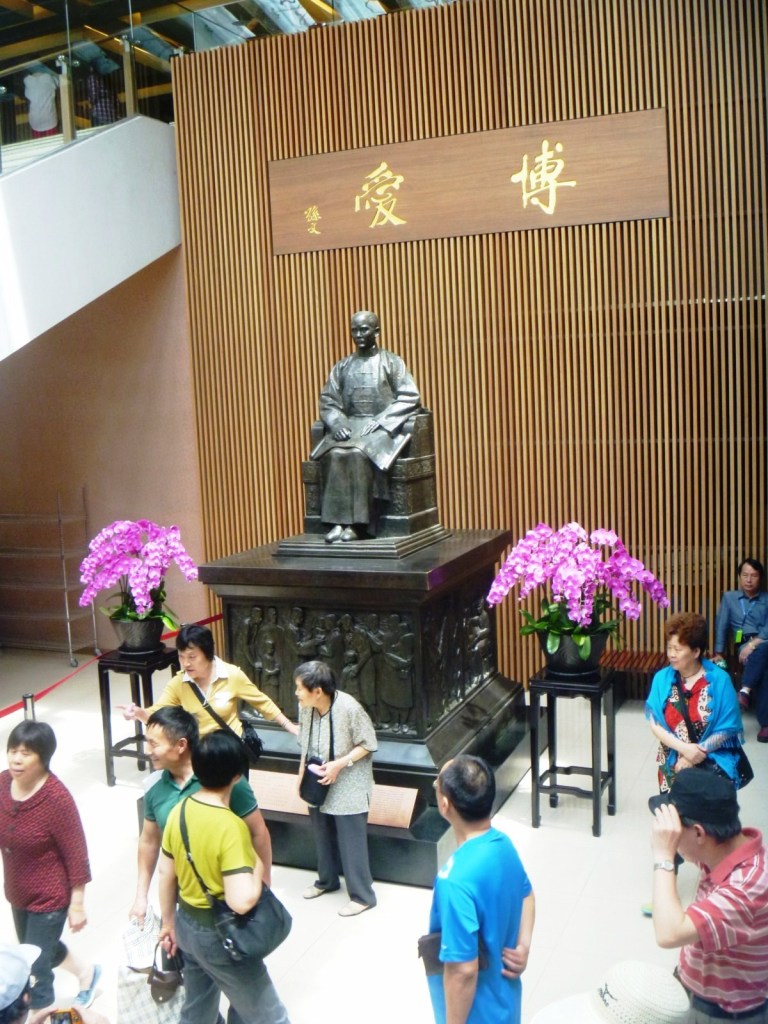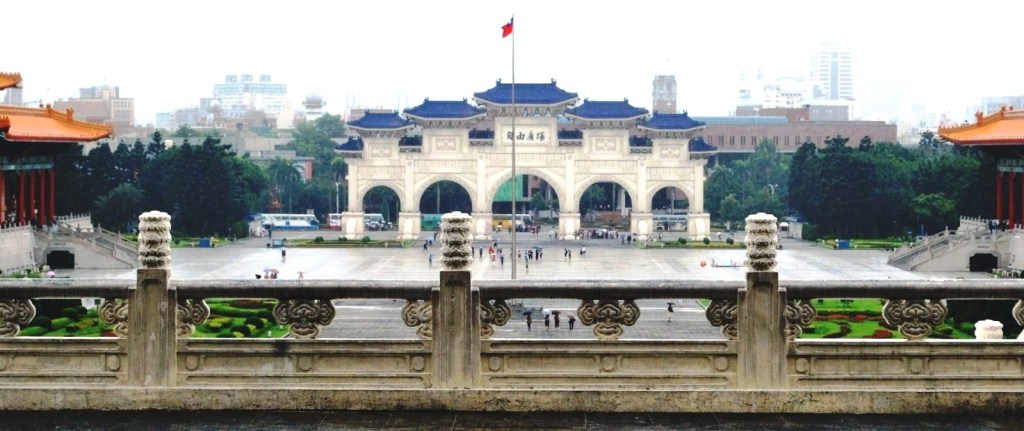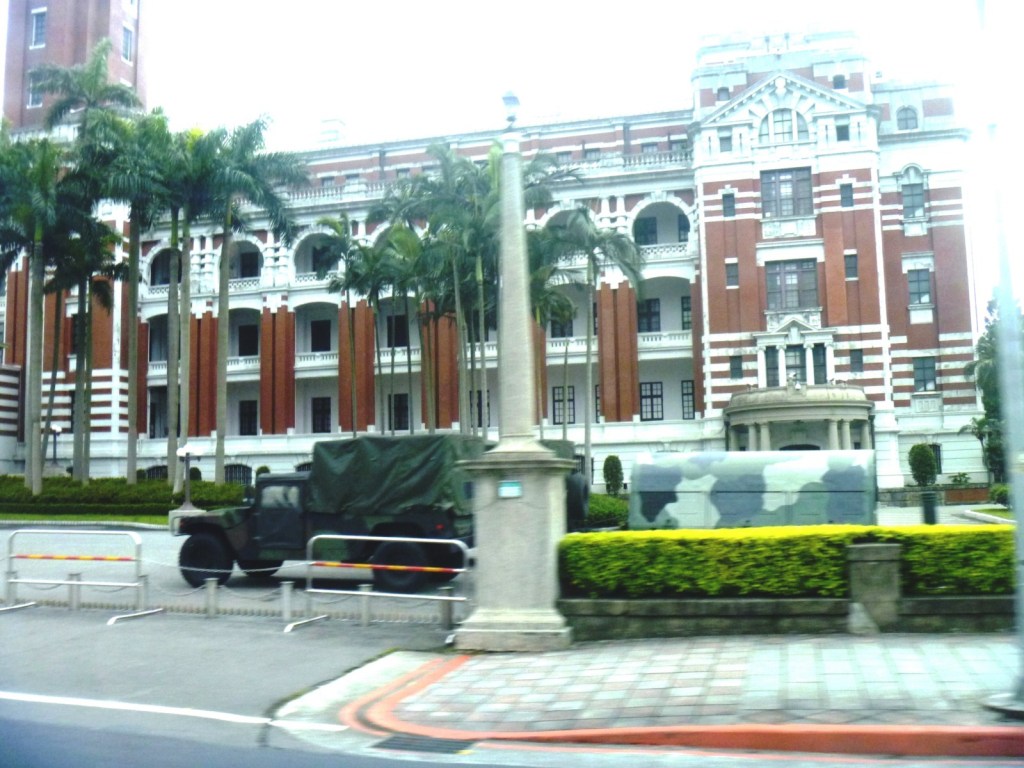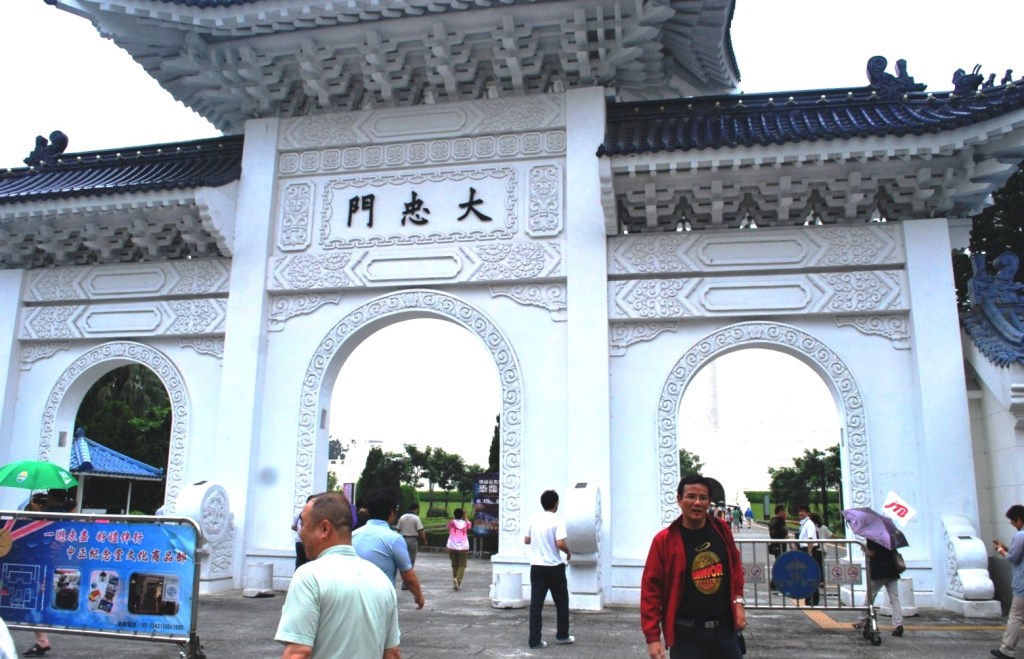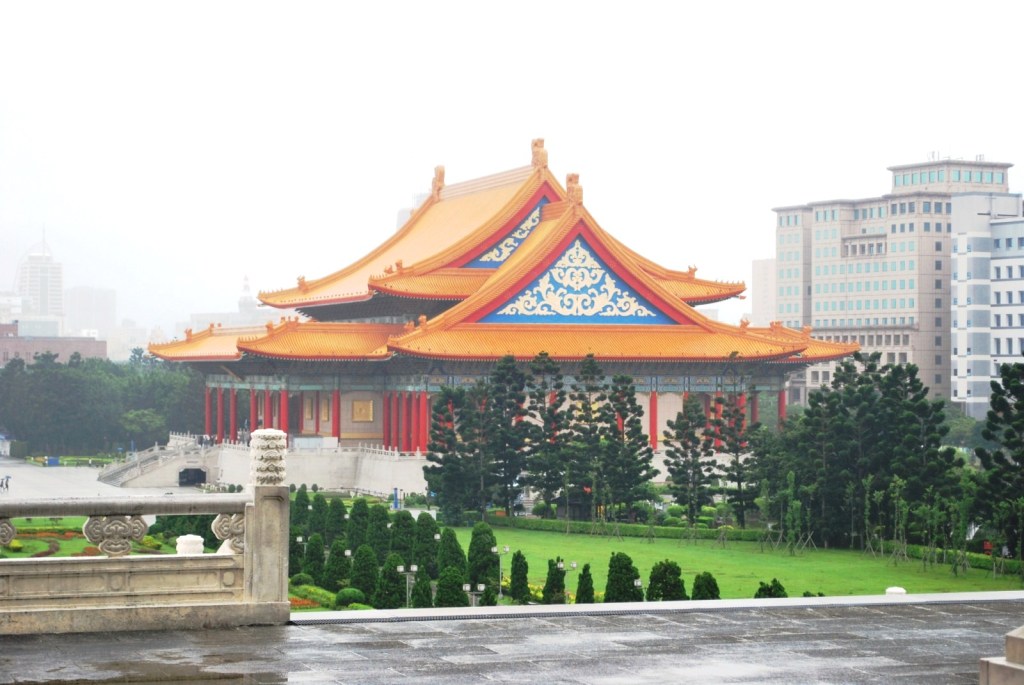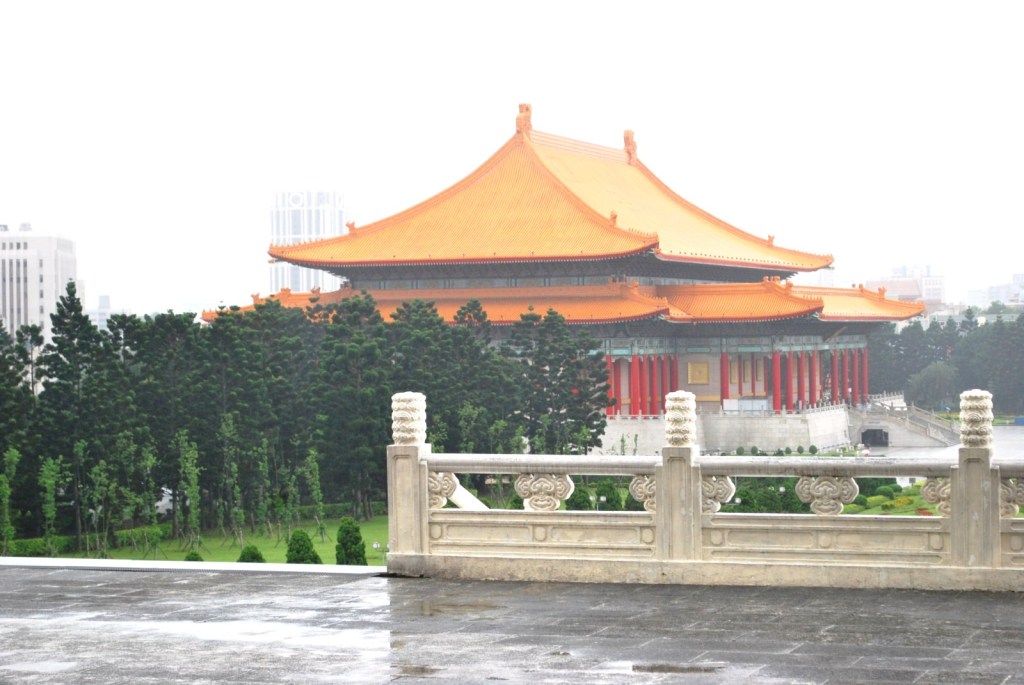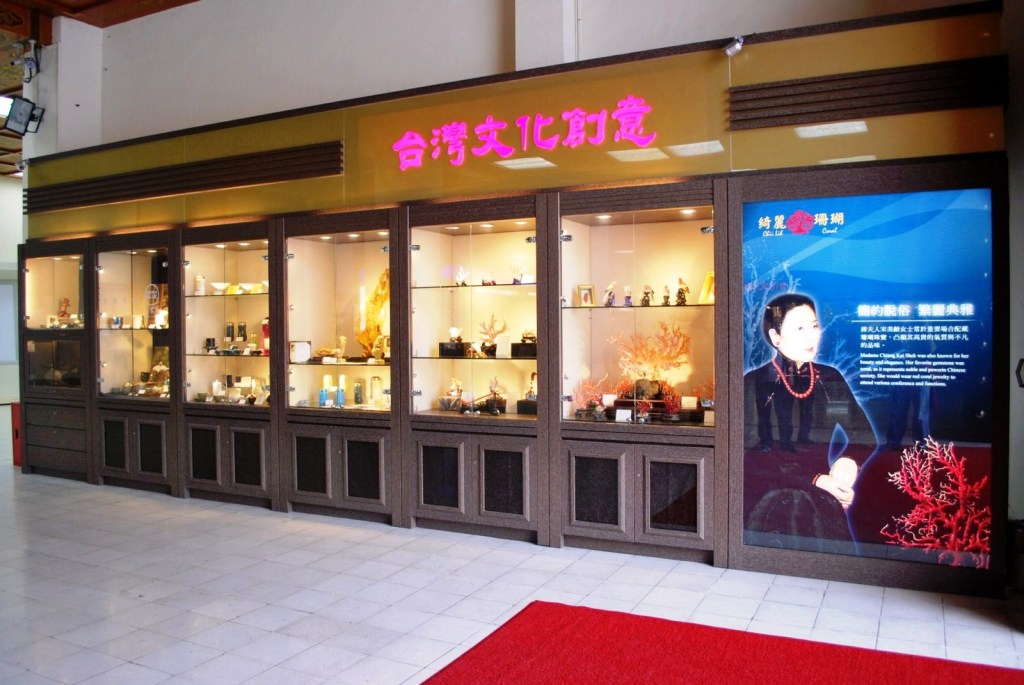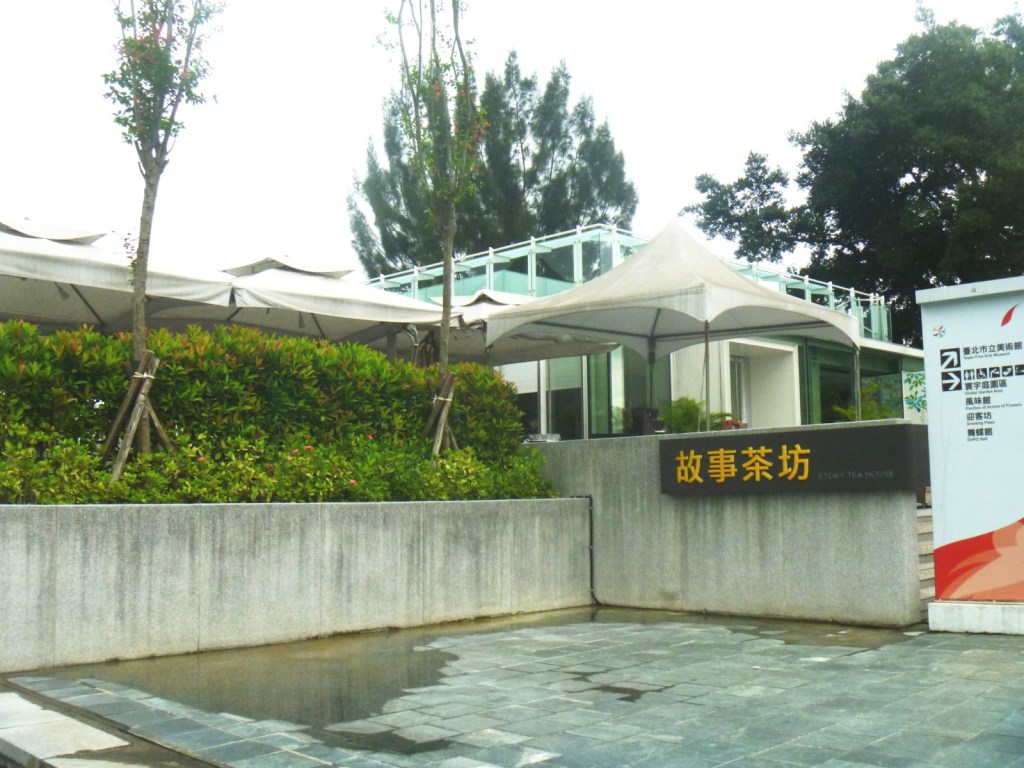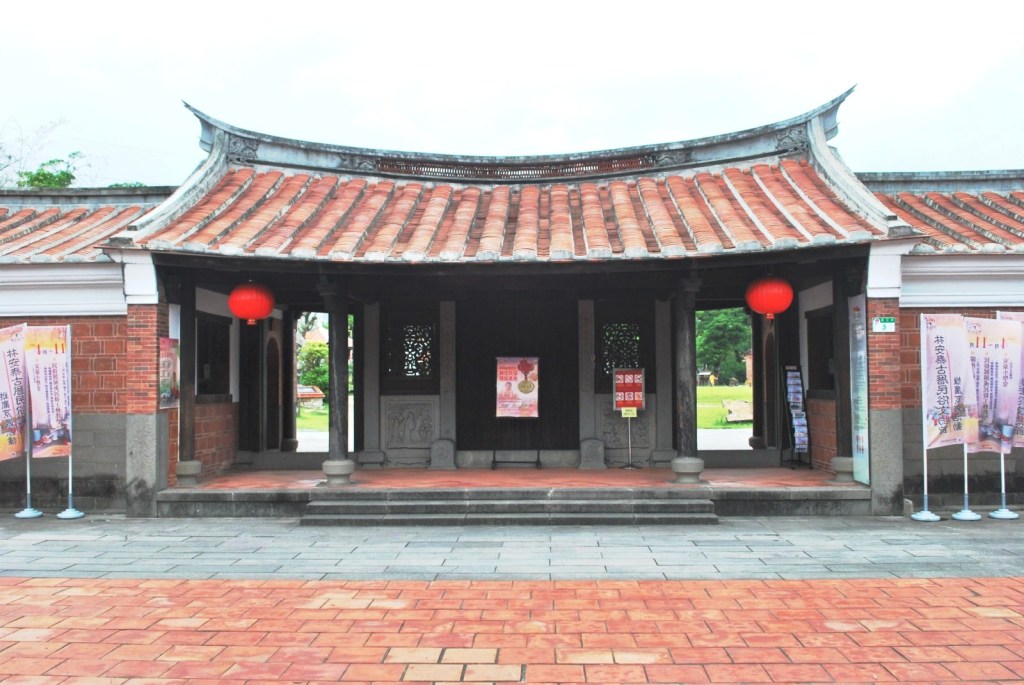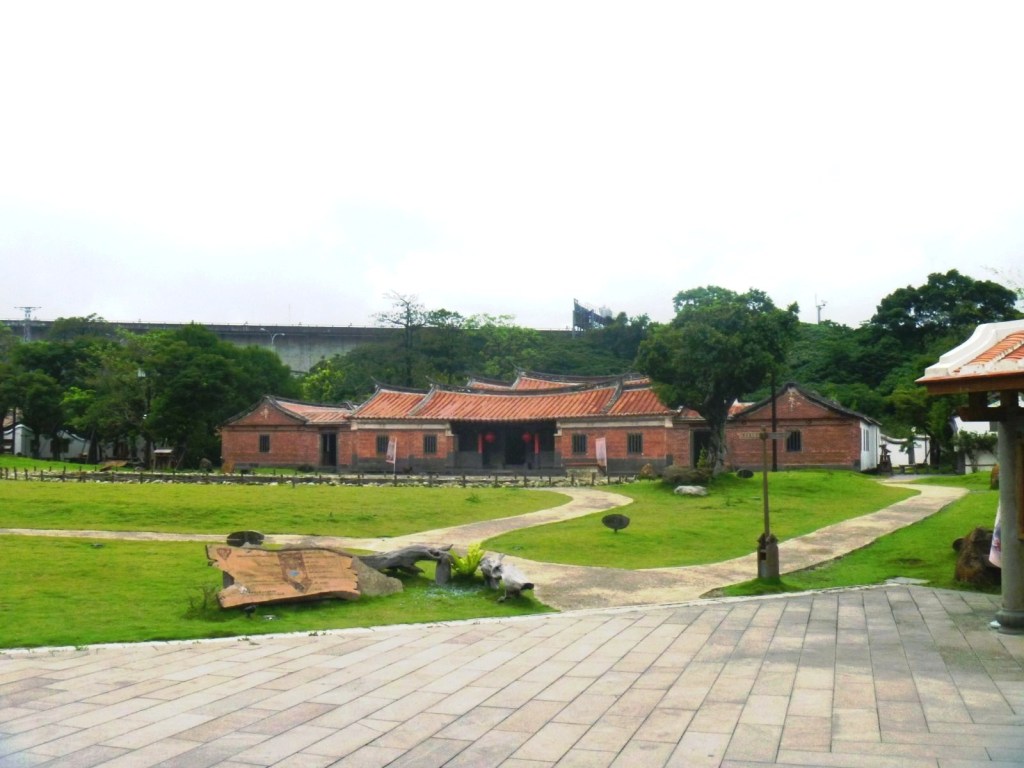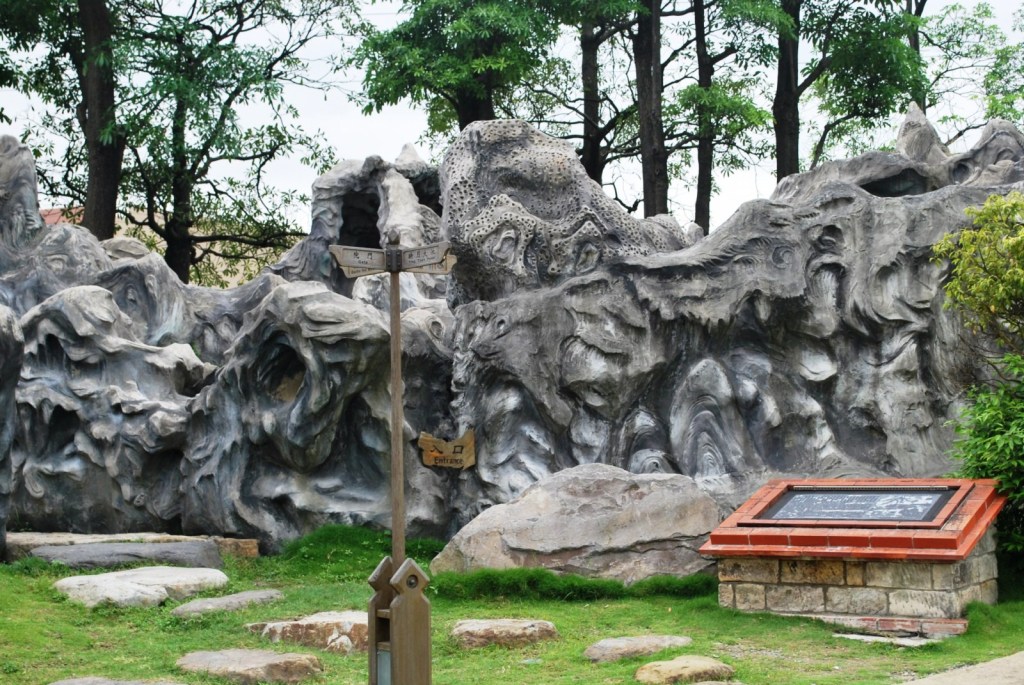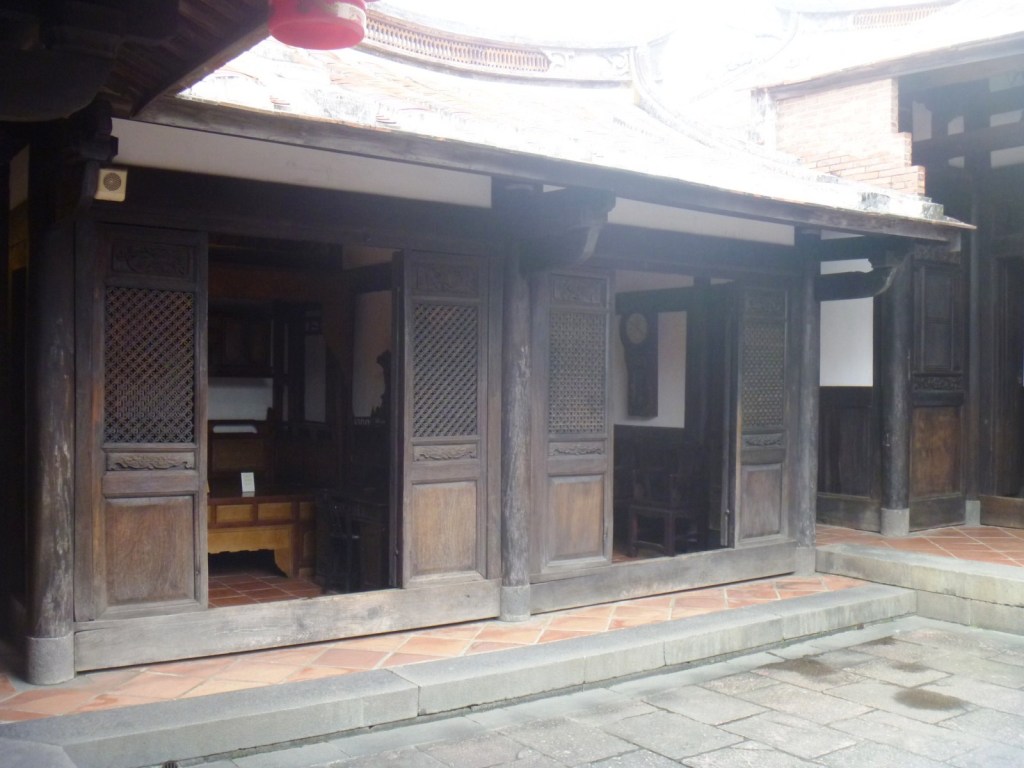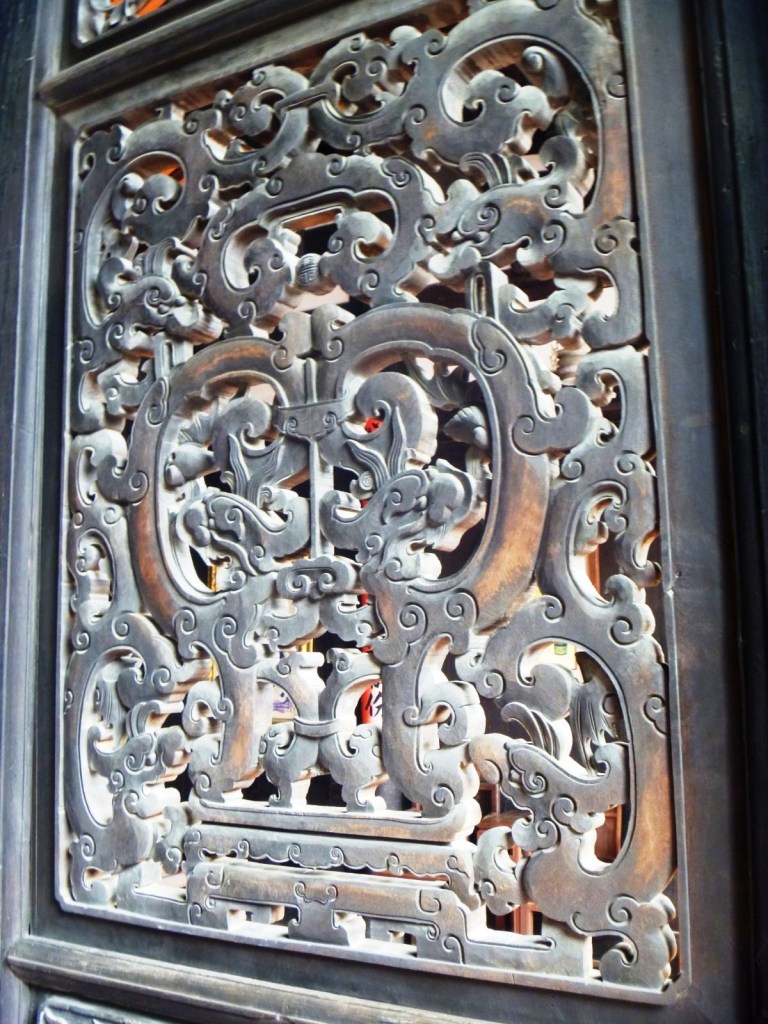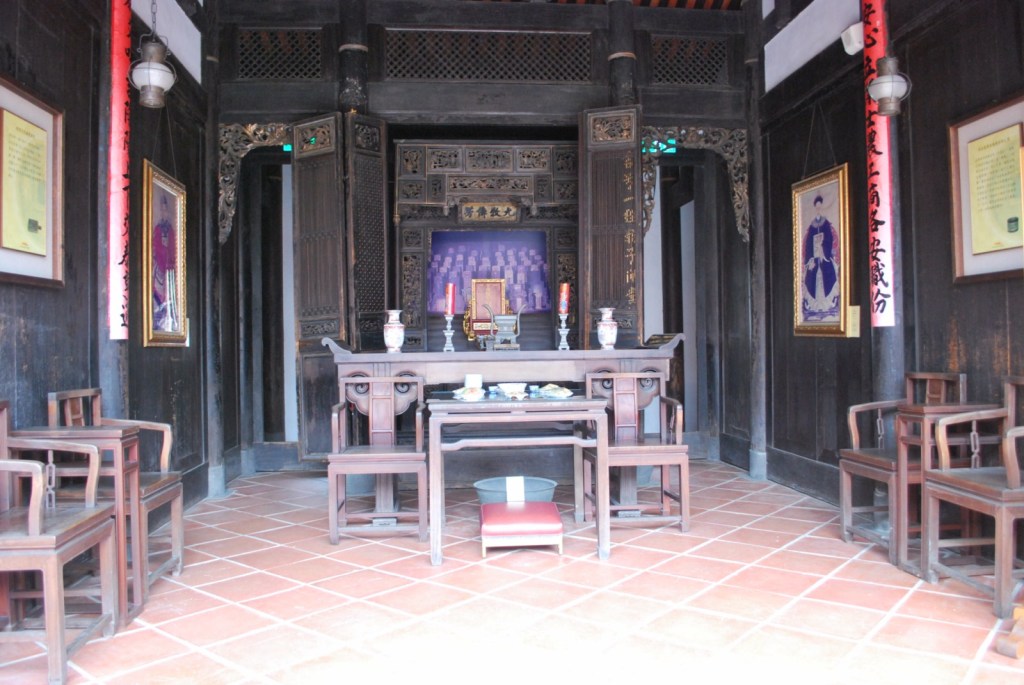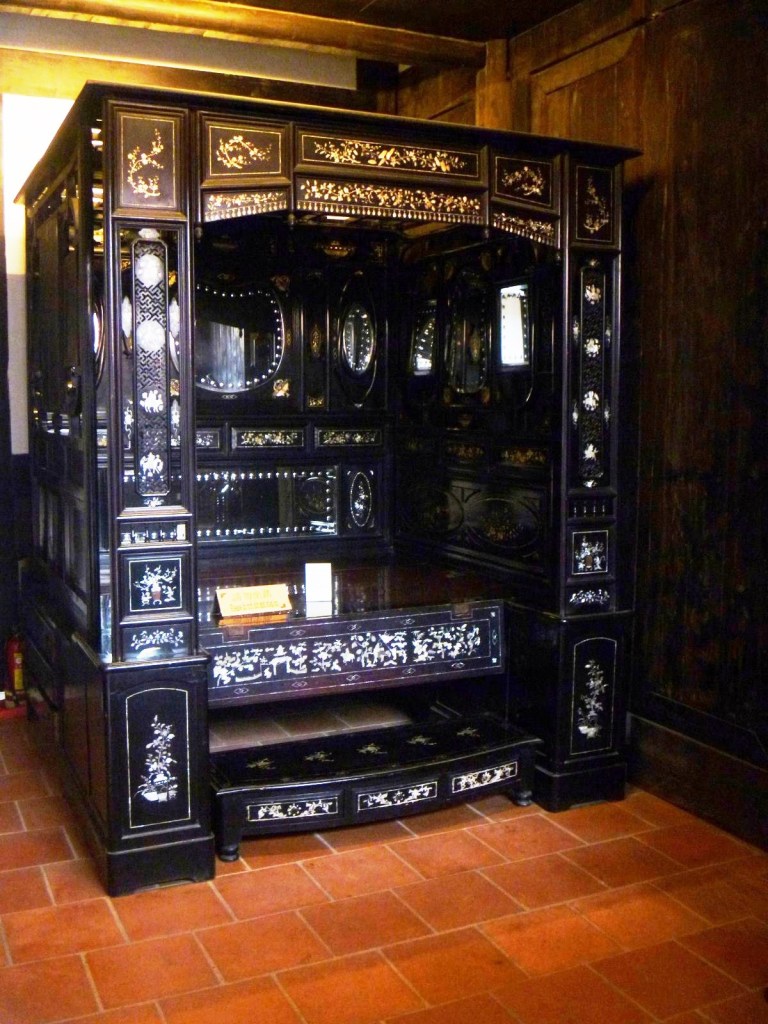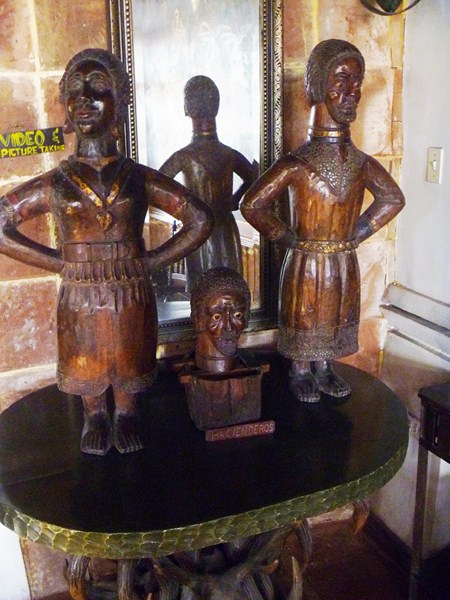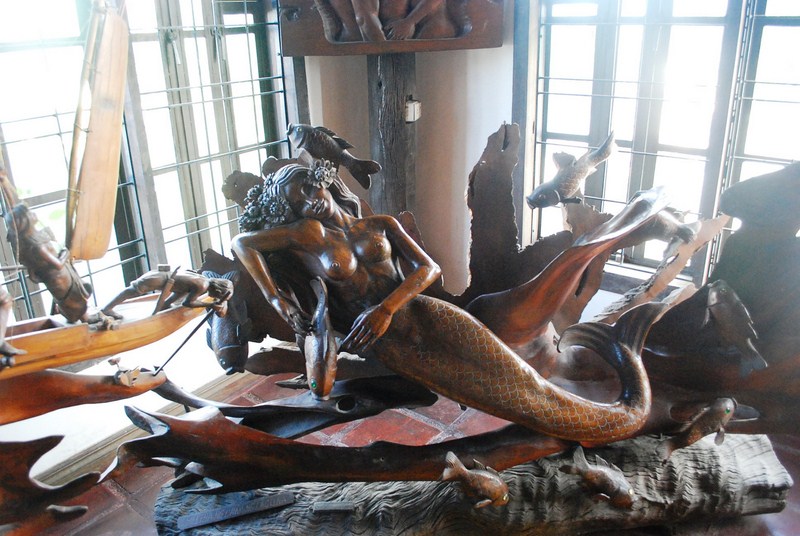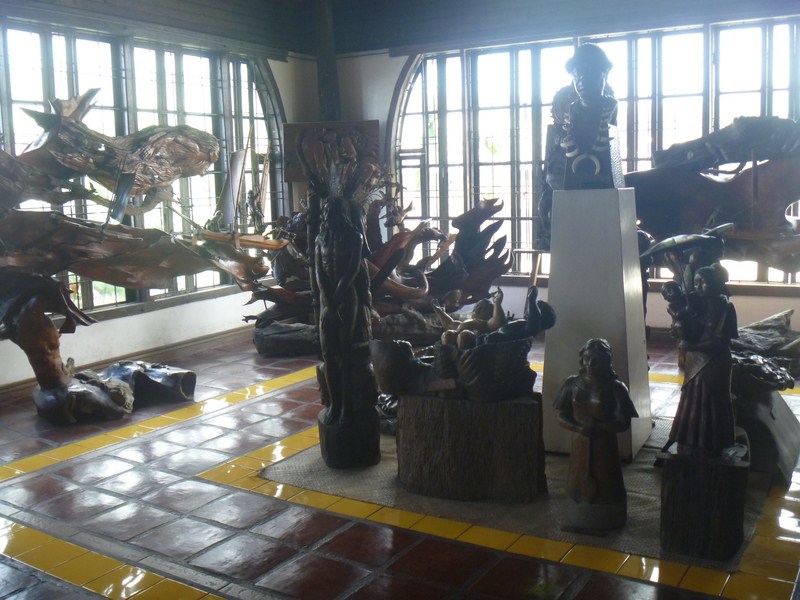I recently got an invitation from Lakbay Norte colleague and now La Consolacion College School of International Hospitality Management Prof. Melissa Dizon-Dulalia to join a Lakbay-Aral tour of Valenzuela City with her students as guests of City Mayor Sherwin T. Gatchalian. I brought along, as my photographer, my son Jandy. We met up with Melissa and her students at La Consolacion College where a chartered airconditioned Genesis bus was waiting for us to bring us to Valenzuela City.
| Museo Valenzuela |
Aside from the Melissa’s 42 Tourism Planning and Destination Development Class students, joining us were fellow media colleague Mr. Rogine de Mata Rogelio of Pilipino Mirror; travel photographer Nico Karabatsos; travel agents Mr. Sandy Mella Clamor (Managing Director of Emmaus Travel & Tours) and Ms. Bingbing Rubio (Pogi Travels); and Ms. Violeta C. Imperial (founder of Nature Awareness & Conservation Club, Inc.).
| Mayor Sherwin Gatchalian with media and travel agents |
| Mayor Gatchalian with La Consolacion College students |
We all left La Consolacion College by 8:45 AM and arrived at the 2-storey Museo Valenzuela, beside the National Shrine of Our Lady of Fatima, by 9:20 AM. Here, we were joined by my good friend and fellow travel blogger Mr. Mark Vincent Nunez (www.mvlnunez.blogspot.com) and travel agent and Valenzuela City resident Ms. Rosanna Kho (Gen. Manager of Kho Travel & Tours).
| Museum curator Jonathan C. Balsamo |
At the museum, we were welcomed by museum curator and historian Mr. Jonathan C. Balsamo who presented a video documentary, created by the City Cultural Affairs and Tourism Development Office (CATDO), featuring historical experts’ commentary on the life of local son and least depicted national hero Dr. Pio Valenzuela (July 11, 1869-April 6, 1956), Katipunan co-founder (together with Andres Bonifacio and Emilio Jacinto), mayor of Polo (the former name of the city) from September 6, 1899-February 1900 and Bulacan governor from 1921-1925. The city was renamed after him on September 11, 1963.
| Diorama – Pagkamakabayan and Paglilingkod |
| Diorama – Pagkamulat and Pagkilala |
The museum, which gives public access on factual information on Dr. Pio, is among the major efforts of Mayor Gatchalian to prevent Dr. Pio’s deeds from dying in vain. It has a bust sculpture of Dr. Pio and a permanent, full-dimensional diorama exhibit, opened last March 16, 2010, of the life of Dr. Valenzuela during and after the Philippine Revolution. The 150 hand-made dolls, fashioned out of resin and wire, were created by artists of the Balikatan sa Kaunlaran National Foundation, the same team behind the Pinaglabanan diorama exhibited at the Museo ng Katipunan in San Juan City. Also on display are the doctor’s memorabilia (clothes, old photos, awards, medical equipment, furniture, etc.).
| Pio Valenzuela and wife Marciana de Castro |
| Dr. Pio’s clothes |
| The doctor’s medical equipment |
| Dr. Pio’s swivel chair |
It also exhibits paintings of past Valenzuela mayors and a model of San Diego de Alcala Church. Serving as the cultural and historical center of the city, the museum is also the repository of Valenzuela City’s rich heritage and provides a venue for cultural, historical and artistic presentations as well as seminars on national and local issues.


